Related Research Articles

Mixed-sex education, also known as mixed-gender education, co-education, or coeducation, is a system of education where males and females are educated together. Whereas single-sex education was more common up to the 19th century, mixed-sex education has since become standard in many cultures, particularly in Western countries. Single-sex education remains prevalent in many Muslim countries. The relative merits of both systems have been the subject of debate.

Bedford College was founded in London in 1849 as the first higher education college for women in the United Kingdom. In 1900, it became a constituent of the University of London. Having played a leading role in the advancement of women in higher education and public life in general, it became fully coeducational in the 1960s. In 1985, Bedford College merged with Royal Holloway College, another constituent of the University of London, to form Royal Holloway and Bedford New College. This remains the official name, but it is commonly called Royal Holloway, University of London (RHUL).

Single-sex education, also known as single-gender education and gender-isolated education, is the practice of conducting education with male and female students attending separate classes, perhaps in separate buildings or schools. The practice of single-sex schooling was common before the 20th century, particularly in secondary and higher education. Single-sex education is practiced in many parts of the world based on tradition and religion; recently, there has been a surge of interest and the establishment of single-sex schools due to educational research. Single-sex education is most popular in English-speaking countries (regions) such as Singapore, Malaysia, Ireland, the United Kingdom, Hong Kong, South Africa and Australia; also in Chile, Israel, South Korea and in many Muslim majority countries. In the Western world, single-sex education is primarily associated with the private sector, with the public (state) sector being overwhelmingly mixed sex; while in the Muslim world public schools and private schools are sex-segregated. Motivations for single-sex education range from religious ideas of sex segregation to beliefs that the sexes learn and behave differently. As such, they thrive in a single-sex environment. In the 19th century, in Western countries, single-sex girls' finishing schools, and women's colleges offered women a chance of education at a time when they were denied access to mainstream educational institutions. The former was especially common in Switzerland, the latter in the U.S. and the U.K., pioneers in women's education.

Midway University is a private Christian university in Midway, Kentucky. Related by covenant to the Christian Church, it enrolls approximately 1,900 students earning two-year and four-year degrees as well as master's degrees. Midway was the only women's college in Kentucky until 2016 when it began admitting male undergraduate students.
The following is a timeline of women's colleges in the United States. These are institutions of higher education in the United States whose student population comprises exclusively, or almost exclusively, women. They are often liberal arts colleges. There are approximately 35 active women's colleges in the U.S. as of 2021.
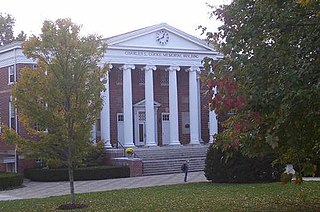
Women's colleges in the Southern United States refers to undergraduate, bachelor's degree–granting institutions, often liberal arts colleges, whose student populations consist exclusively or almost exclusively of women, located in the Southern United States. Many started first as girls' seminaries or academies. Salem College is the oldest female educational institution in the South and Wesleyan College is the first that was established specifically as a college for women, closely followed by Judson College in 1838. Some schools, such as Salem College, offer coeducational courses at the graduate level.
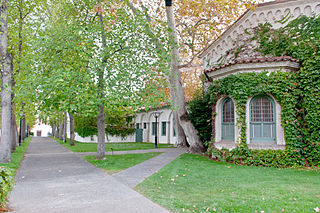
Women's colleges in the United States are private single-sex U.S. institutions of higher education that only admit female students. They are often liberal arts colleges. There were approximately 26 active women's colleges in the United States in 2023, down from a peak of 281 such colleges in the 1960s.

Beulah Elizabeth Burke (1885–1975), was, along with her sister, Lillie, one of the nine original founders of Alpha Kappa Alpha sorority in 1908, the first sorority founded by African-American women. In her leadership as an educator and civic activist, Burke created important social capital. Her legacy of Alpha Kappa Alpha has continued to contribute to society for over 100 years.
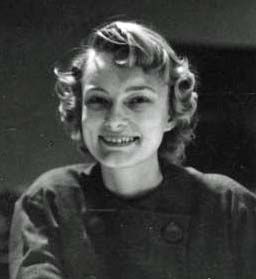
Maryly Van Leer Peck was an American academic and college administrator. She founded numerous programs in Guam, one of them being the Community Career College at the University of Guam. She was the first female president of a public institution of higher learning in Florida, the first female president of a Florida community college while president of Polk Community College aka Polk State College. She was one of the first female graduates of the School of Engineering at Vanderbilt University and the first woman to graduate with a degree in chemical engineering. She was also the first woman to receive an M.S. and a Ph.D. in engineering from the University of Florida. She also founded Society of Women Engineers chapters, and was an active board member.
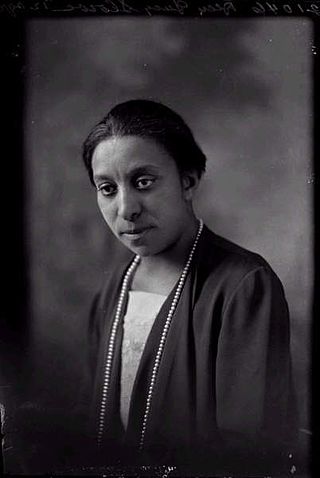
Lucy Diggs Slowe was an American educator and athlete, and the first Black woman to serve as Dean of Women at any American university. She was a founder of Alpha Kappa Alpha sorority, the first sorority founded by African-American women.
In the early colonial history of the United States, higher education was designed for men only. Since the 1800s, women's positions and opportunities in the educational sphere have increased. Since the late 1970s and early 1980s, women have surpassed men in number of bachelor's degrees and master's degrees conferred annually in the United States and women have continuously been the growing majority ever since, with men comprising a continuously lower minority in earning either degree. The same asymmetry has occurred with Doctorate degrees since 2005 with women being the continuously growing majority and men a continuously lower minority.
Mary P. Burrill was an early 20th-century African-American female playwright of the Harlem Renaissance, who inspired Willis Richardson and other students to write plays. Burrill herself wrote plays about the Black Experience, their literary and cultural activities, and the Black Elite. She featured the kind of central figures as were prominent in the black society of Washington, D.C., and others who contributed to black women's education in early twentieth century.
The Association of Deans of Women and Advisers to Girls in Negro Schools (NAWDACS) was an advocacy group for black women within colleges and universities in the United States. Established through the efforts of Lucy Diggs Slowe in 1929, it lasted for twenty-five years until 1954, when it merged with the National Association of Personnel Deans and Advisers of Men in Negro Institutions.
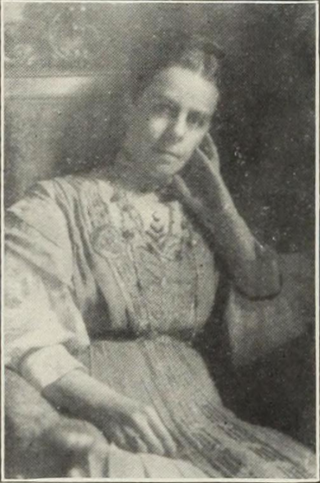
Marion Talbot was an American educator who served as Dean of Women at the University of Chicago from 1895 to 1925, and an influential leader in the higher education of women in the United States during the early 20th century. In 1882, while still a student, she co-founded the American Association of University Women with her mentor Ellen Swallow Richards. During her long career at the University of Chicago, Talbot fought tenaciously and often successfully to improve support for women students and faculty, and against efforts to restrict equal access to educational opportunities.
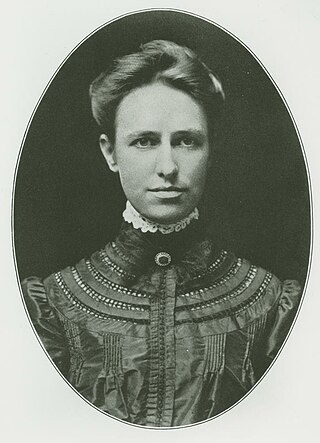
Mary Bidwell Breed was an American chemist. In 1901 she became the first female dean of Indiana University and her chemistry work with aromatic acids.
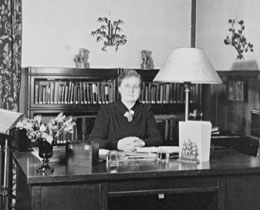
Thyrsa Wealtheow Amos was the Dean of Women and Professor of Education at the University of Pittsburgh, Pennsylvania, United States, from 1919 to 1941. She was the founder and First President of the Pennsylvania Association of Deans of Women, the founder of the Society of Cwens, and the president of the National Association of Deans of Women (NADW). Her main area of interest was in student personnel, especially for women. She was also a member of the American Association of University Women.
The National Association for Women in Education was an American organization founded in 1916 by Kathryn Sisson Phillips to support female deans of women.

The Slowe-Burrill House is a Queen Anne-style house in the Brookland neighborhood of Washington, D.C. Built in 1890, the home was occupied from 1922 to 1937 by Lucy Slowe and Mary Burrill, notable African American educators who are thought by historians to have been a couple. The house was listed on the National Register of Historic Places in 2020 for its significance to African American and LGBT history.

Elga Ruth Wasserman guided the transformation of Yale College from an all-male undergraduate college into a coeducational institution. She held the newly created position of special assistant to the president of Yale University on the education of women (1968–1972). She became a proponent of equal rights for women during Second-wave feminism and after. Later, Wasserman practiced law, specializing in family law, and advocated policies friendly to women and minorities in the workplace. She wrote The Door in the Dream, highlighting eminent female scientists through interviews and discussion.
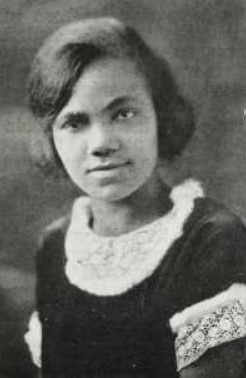
Joanna Raynor Houston, later Joanna Houston Ransom, was an American English instructor, college administrator, assistant dean of women at Howard University, third Grand Basileus of Zeta Phi Beta, and a member of the National Pan-Hellenic Council of Presidents.
References
- 1 2 Rosenberry 1915, p. 1.
- 1 2 Nidiffer 1998, p. 121.
- 1 2 3 Schwartz 1997, p. 419.
- ↑ Rosenberry 1915, p. 2.
- 1 2 3 Nidiffer 1998, p. 122.
- 1 2 3 Nidiffer 1998, p. 123.
- 1 2 Nidiffer 1998, p. 124.
- ↑ Ph.D, Fran Becque (13 March 2023). "Ella Lillian Wall Van Leer, Alpha Xi Delta, #NotableSororityWomen, #WHM2023". Fraternity History & More.
- ↑ Spikes, Lauren (November 1, 2013). "Greek Life Commemorates 125 Years at Tech". news.gatech.edu. Georgia Tech. Archived from the original on April 19, 2018. Retrieved April 17, 2018.
- ↑ Schwartz 1997.